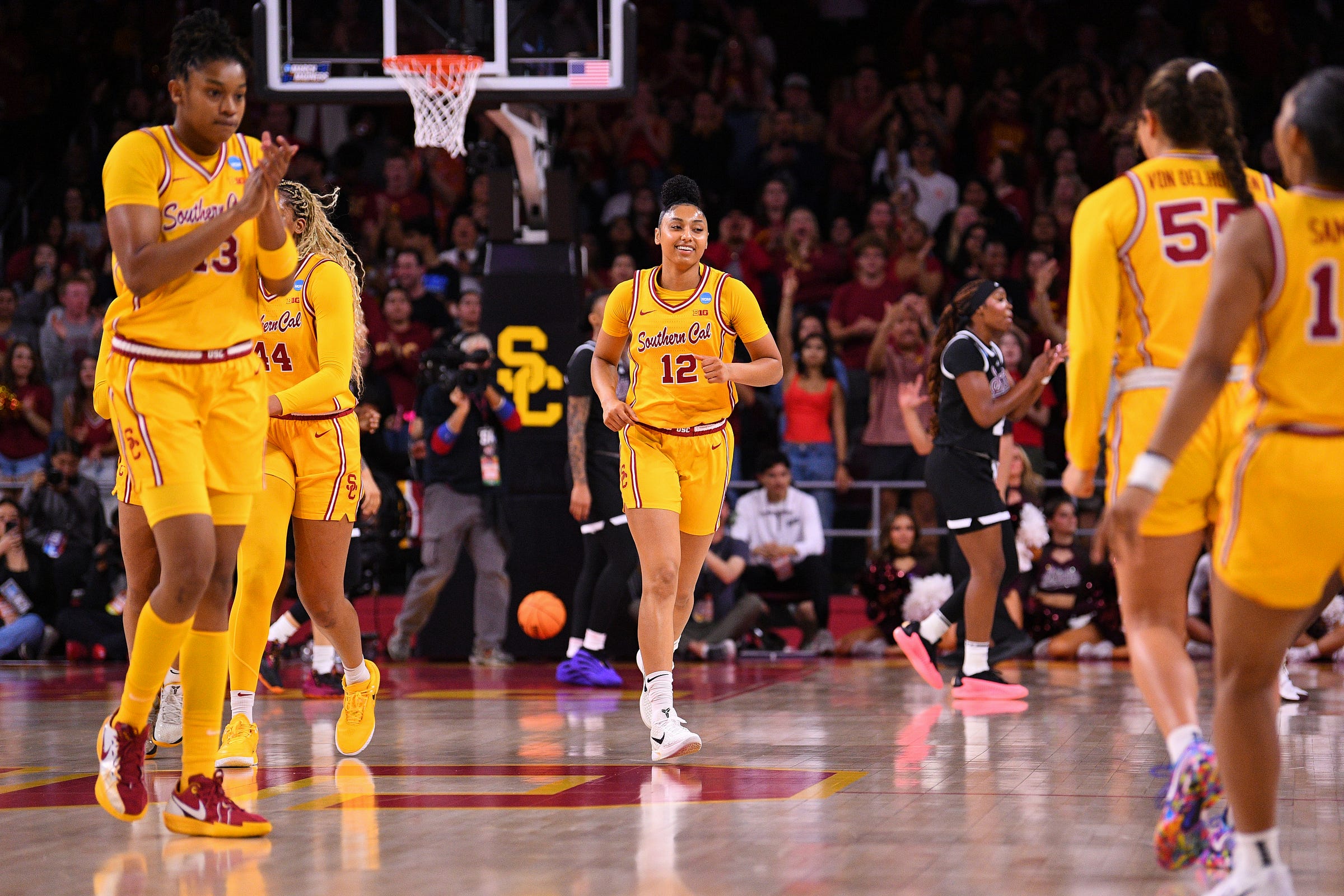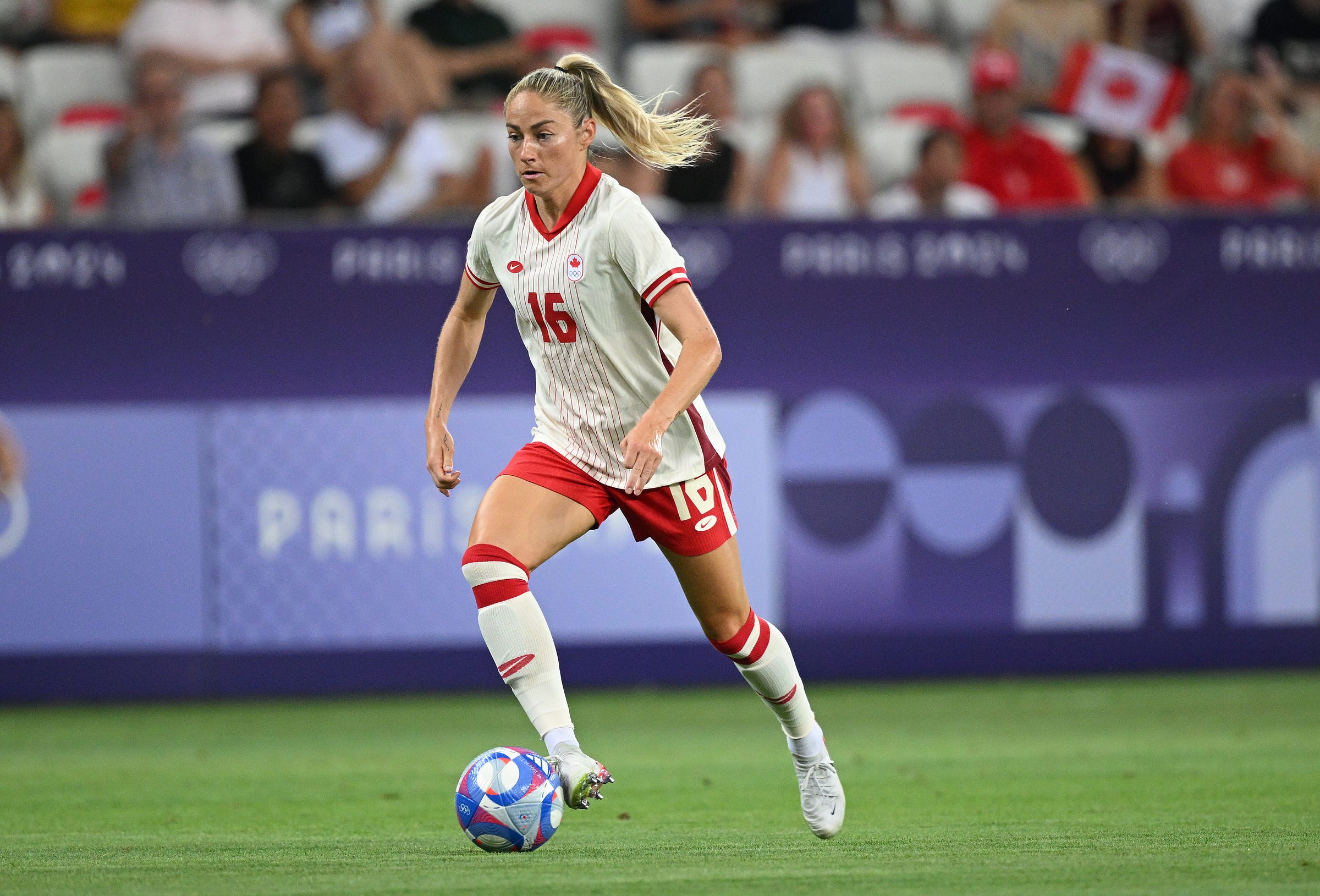ACL injuries threaten to stunt the growth of women’s basketball
Words: Mya P, Toronto

In just the second round of the 2025 NCAA (National Collegiate Athletic Association) March Madness tournament, University of Southern California Trojans guard, sophomore JuJu Watkins, suffered a season-ending ACL tear against the Mississippi State Bulldogs.
Watkins is the most recent addition to a long lineup of female basketball players that have fallen victim to ACL injuries, which includes Dallas Wings guard and UConn Huskies alum Paige Bueckers, who tore her ACL ahead of what was to be her junior season. It took Bueckers just over a year to officially return to the court, after which she led the Huskies to consecutive Final Four berths, helping to capture this year’s national title and the program’s twelfth overall championship.
Regardless of the setbacks their injuries pose, Watkins and Bueckers have elevated the game of women’s basketball alongside other young stars like the Indiana Fever’s Caitlin Clark and the Chicago Sky’s Angel Reese by bringing in larger audiences. Viewership ratings for women’s basketball across the college and professional levels have increased in recent years, with the most-watched game in its history being the 2024 March Madness final. This matchup saw the University of South Carolina defeat Clark and the University of Iowa squad, averaging approximately 18.9 million views on ESPN.
Upon graduation, many of these talented athletes who have grown the college game are drafted into the WNBA to begin their professional careers. With each new wave of promising rookies, league engagement continues to see an upward trend. But roster spots are limited, with only 13 teams until a Portland franchise and the Toronto Tempo, Canada’s first in the WNBA, are introduced in 2026. With fewer players in the league, severe injuries place a greater strain on everyone.
As they await potential changes that may be sparked by the expansion, the current financial structure of the WNBA forces many of its athletes to play in other leagues during the offseason to supplement their pay. This results in a lack of adequate rest, increasing susceptibility to major injuries like an ACL tear.
Over the past few years, the number of these injuries in the WNBA seems to have skyrocketed, with names like Cameron Brink, Jordan Horston, and Katie Lou Samuelson among those recovering from ACL tears. Horston’s injury occurred while playing in the Athletes Unlimited league during her offseason; she was quickly ruled out for the 2025/26 WNBA season.
Although they are prevalent in women’s basketball, these types of injuries plague all women’s sports. According to Dr. Andrew D. Pearle, chief of sports medicine at the Hospital for Special Surgery in New York City and team physician for the New York Mets baseball team, soccer holds the greatest risk, with basketball and lacrosse not far behind.
“It’s common in almost any team sport where there’s a lot of change in direction: cutting, landing, stopping, decelerating hard,” he said in an interview with PopSugar.
This is echoed in a statistic from CBC Sports stating that ACL injuries are two to six times more likely in women than men, with nearly two-thirds occurring when there is no contact whatsoever.

Like basketball, there have been many cases of high-profile ACL injuries in professional women’s soccer: Canada’s Janine Beckie, Australia’s Sam Kerr, Spain’s Alexia Putellas and England’s Beth Mead. As a result, Project ACL was launched in April; the three-year study is a collaborative effort between FIFPro (the global union for professional football players), England’s Professional Footballers Association, Nike and Leeds Beckett University.
The program is set to work alongside 12 clubs and approximately 300 players in the FA Women’s Super League (FA WSL) in order to treat ongoing ACL injuries and prevent future ones.
In addition, there is an overwhelming push for women across all sports to be exposed to strength and conditioning in the same ways their male peers are. Dedicated injury research for women’s sports can only go so far; newfound knowledge must be put into practice to see desired results.
As the WNBA kicks off, let this season be different. All players should be provided the resources to remain healthy and safe, but in the case of injury, they deserve time and assets to facilitate the healing process. For the women’s game to continue to grow at its current rate, the structures that support the game and its athletes must evolve too.
Mya is a Toronto-based participant in Youth Media Forward: meet the Toronto participants here


